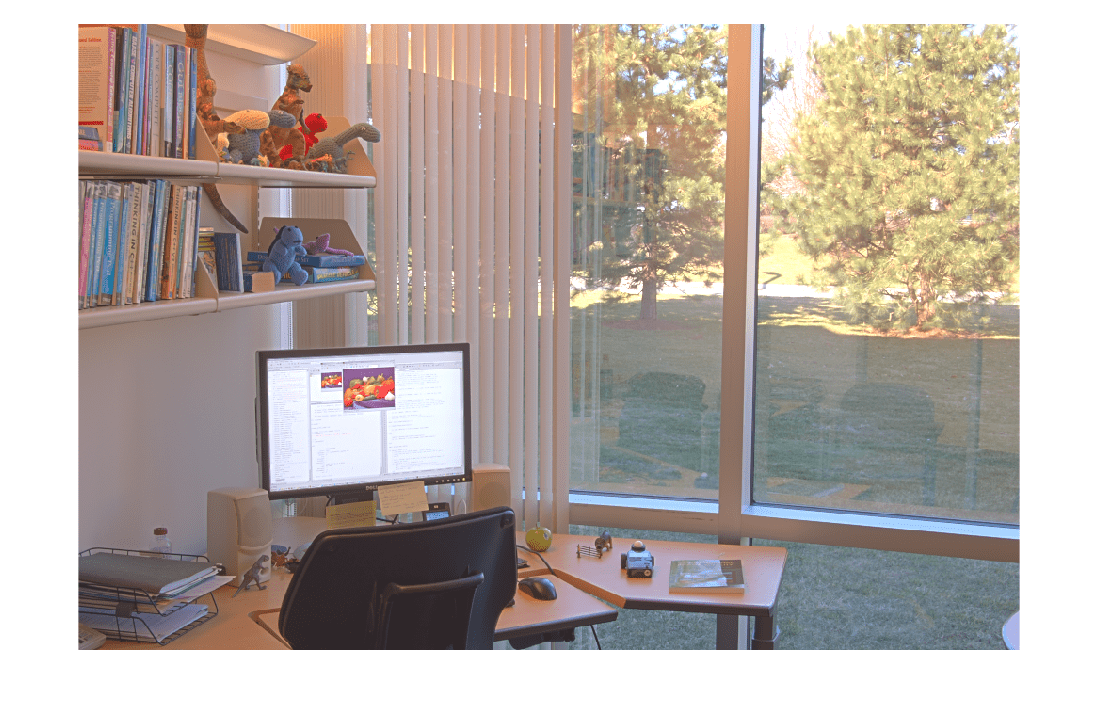tonemapfarbman
Convert HDR image to LDR using edge-preserving multiscale decompositions
Description
LDR = tonemapfarbman(HDR,Name=Value)
Examples
Input Arguments
Name-Value Arguments
Output Arguments
Tips
This function uses an anisotropic diffusion filter,
imdiffusefilt, for the approximation of the weighted least squares filter, as proposed by Farbman et al. [1]
References
[1] Farbman, Z., R. Fattal, D. Lischinski, and R. Szeliski. "Edge-Preserving Decompositions for Multi-Scale Tone and Detail Manipulation." ACM Transactions on Graphics. Vol. 27, Number 3, August 2008, pp. 1–10.
Version History
Introduced in R2018b
See Also
tonemap | hdrread | makehdr | localtonemap | locallapfilt | imdiffusefilt


